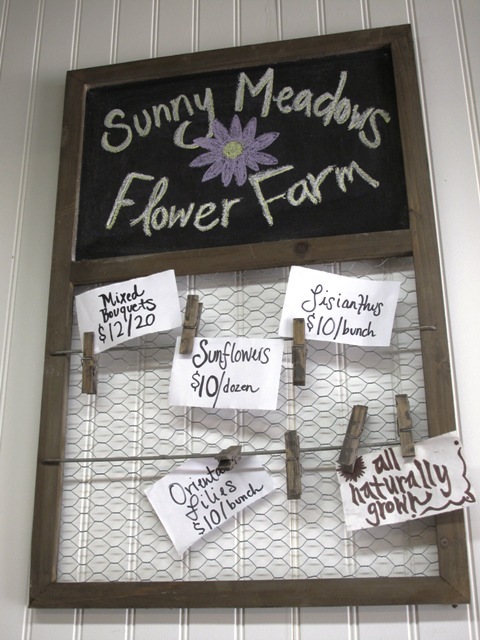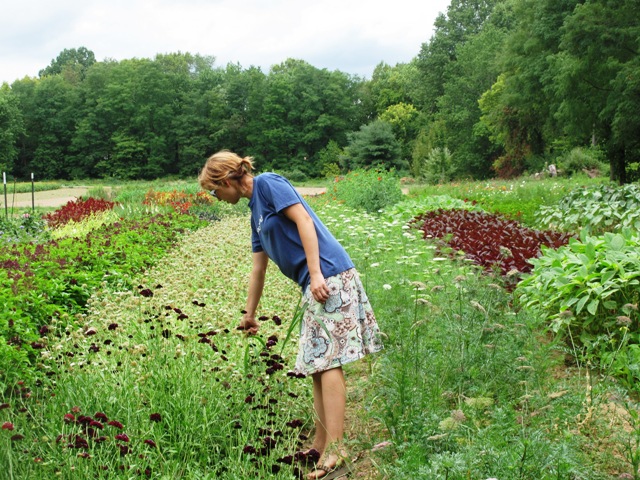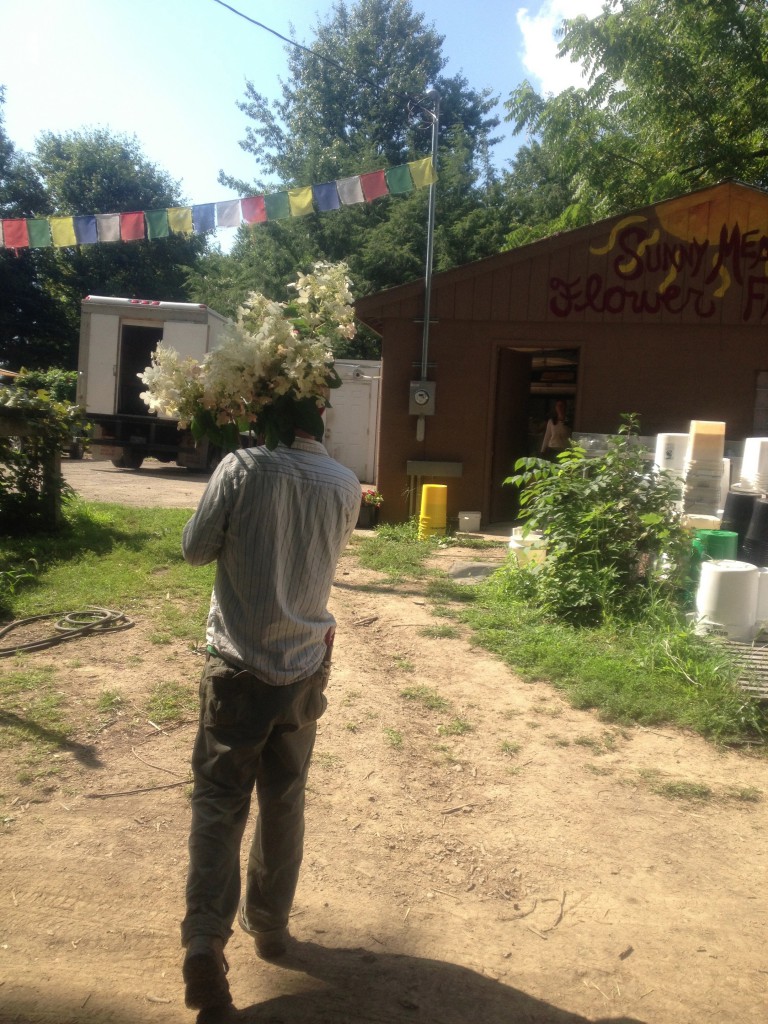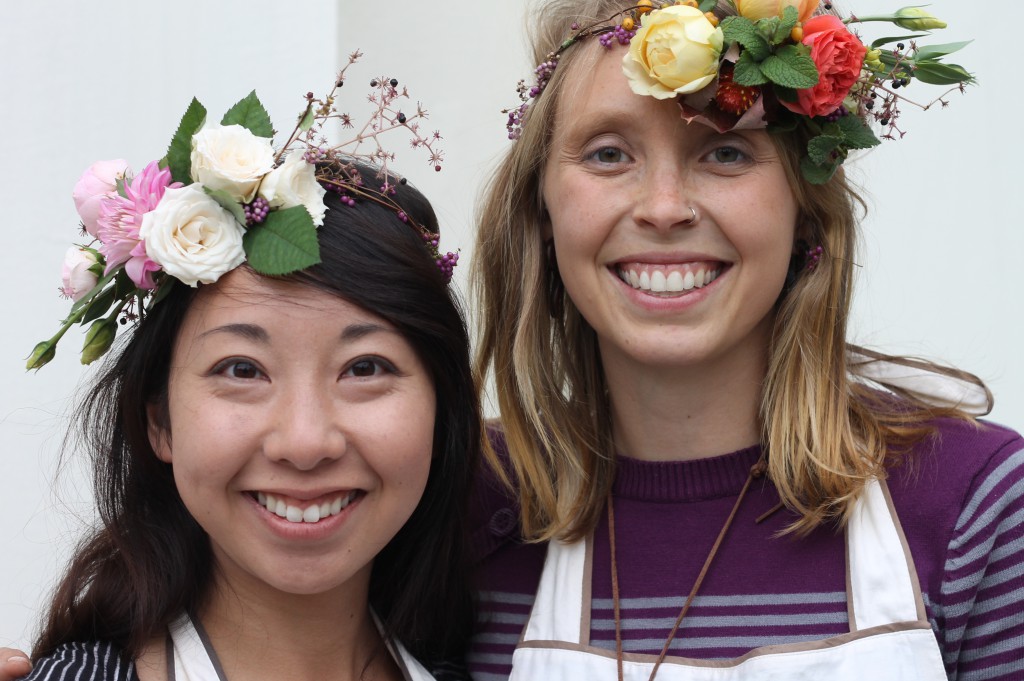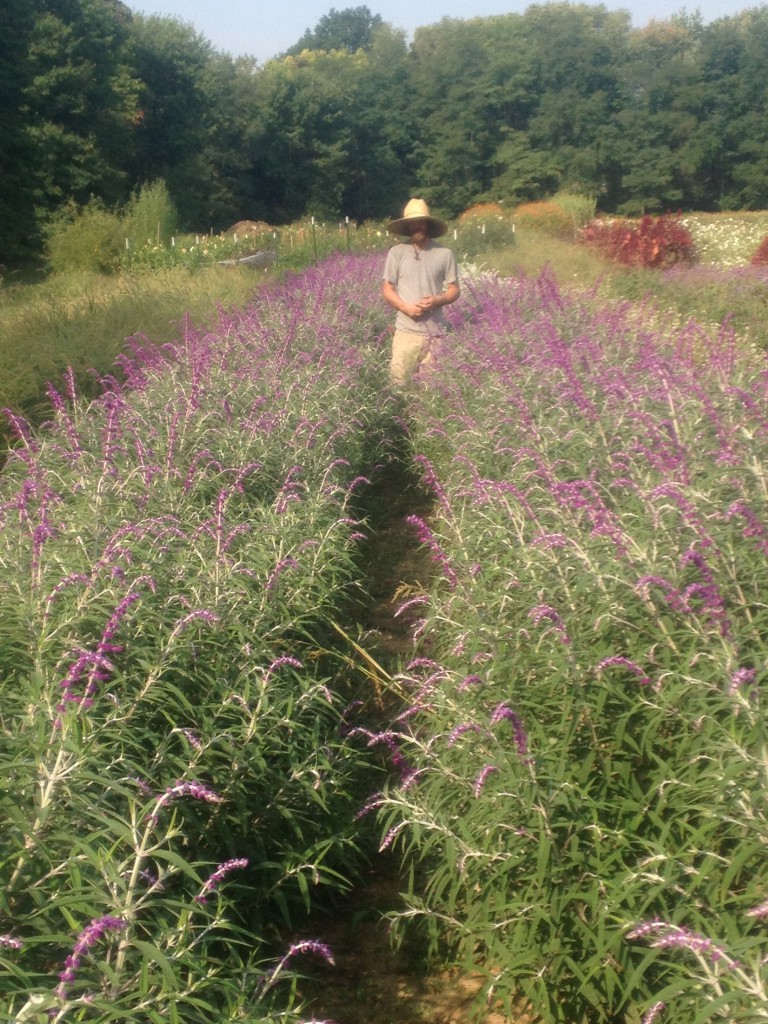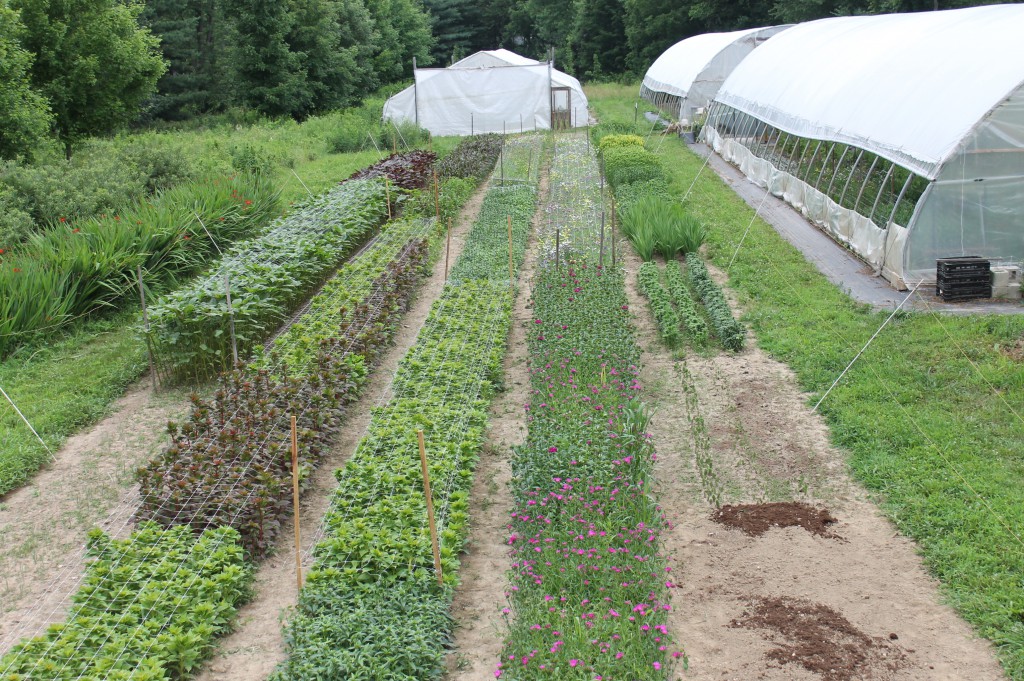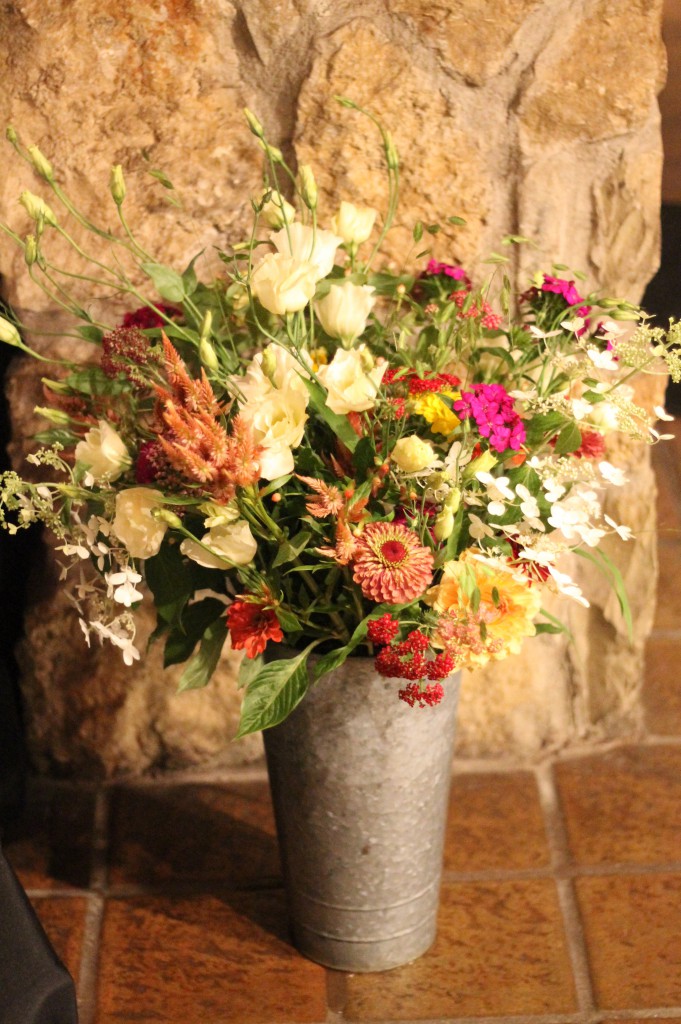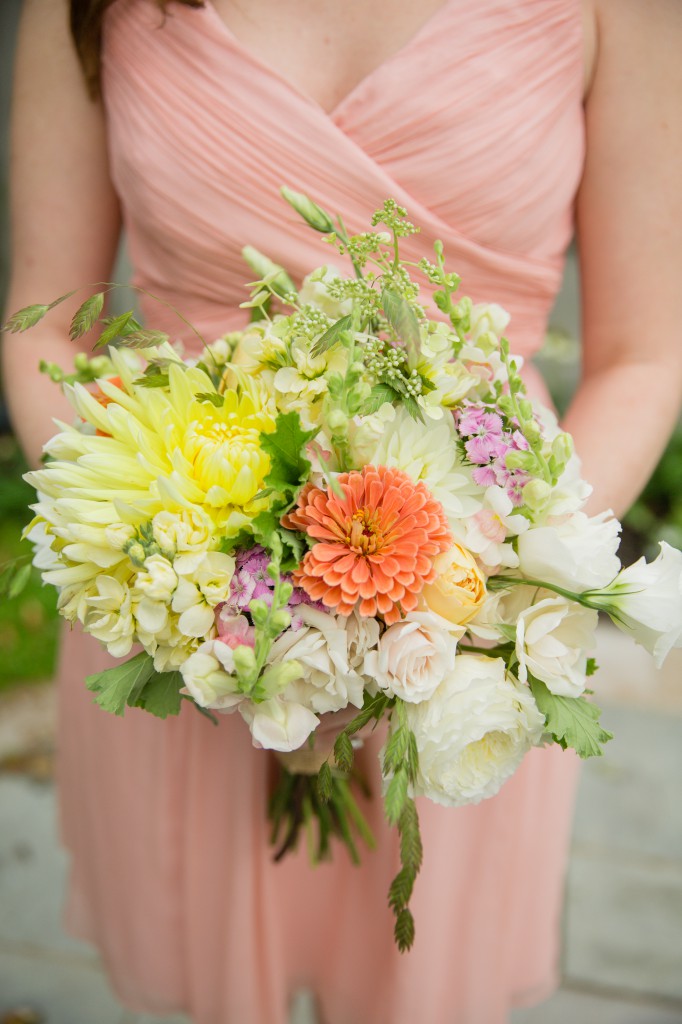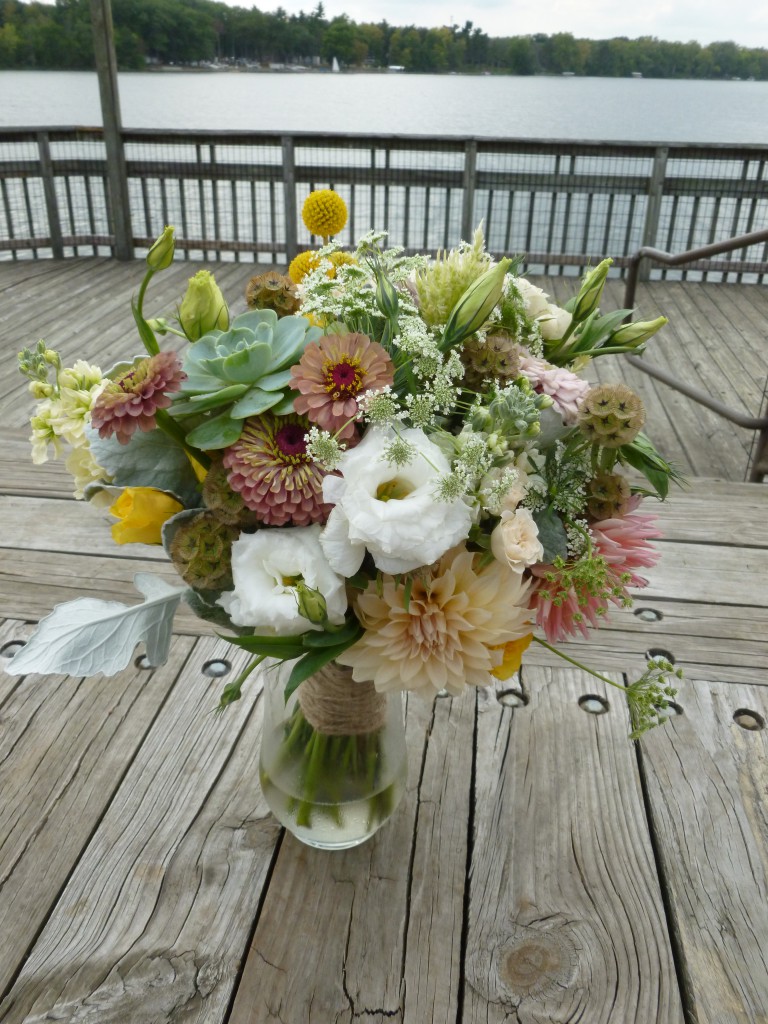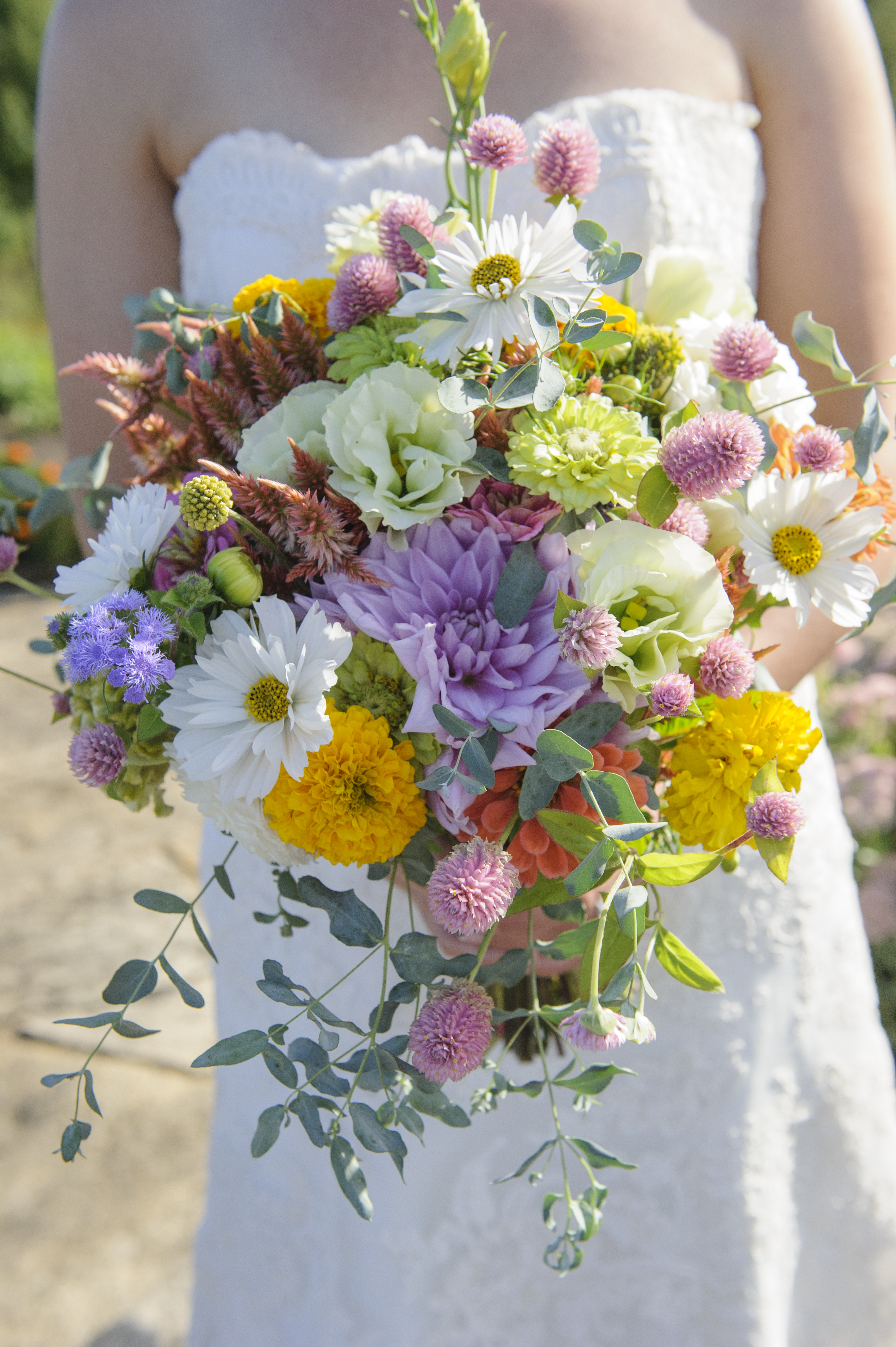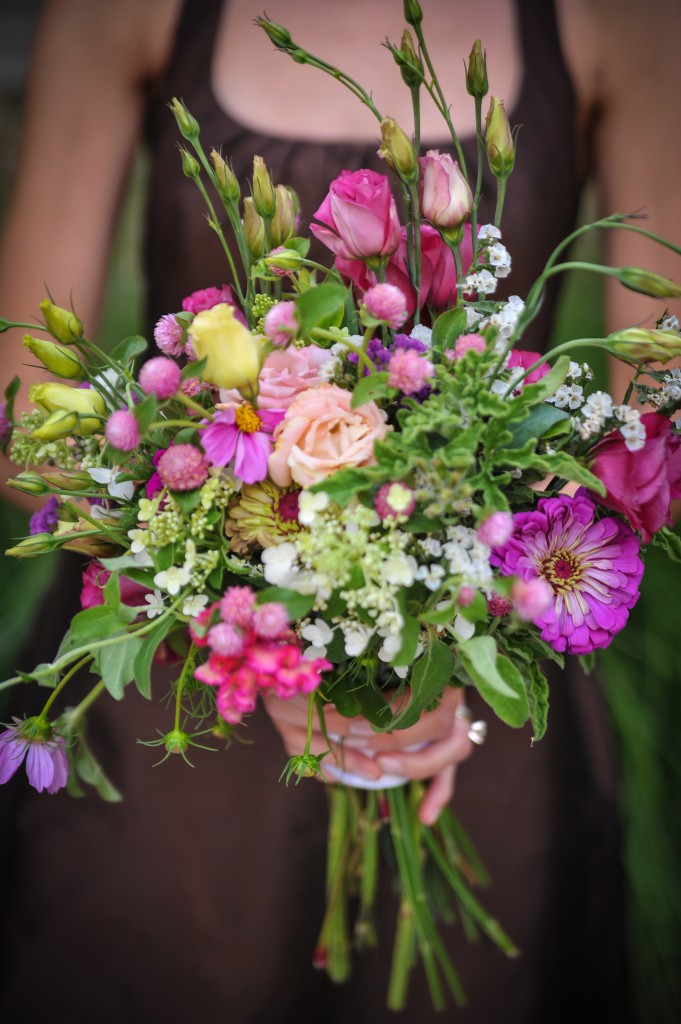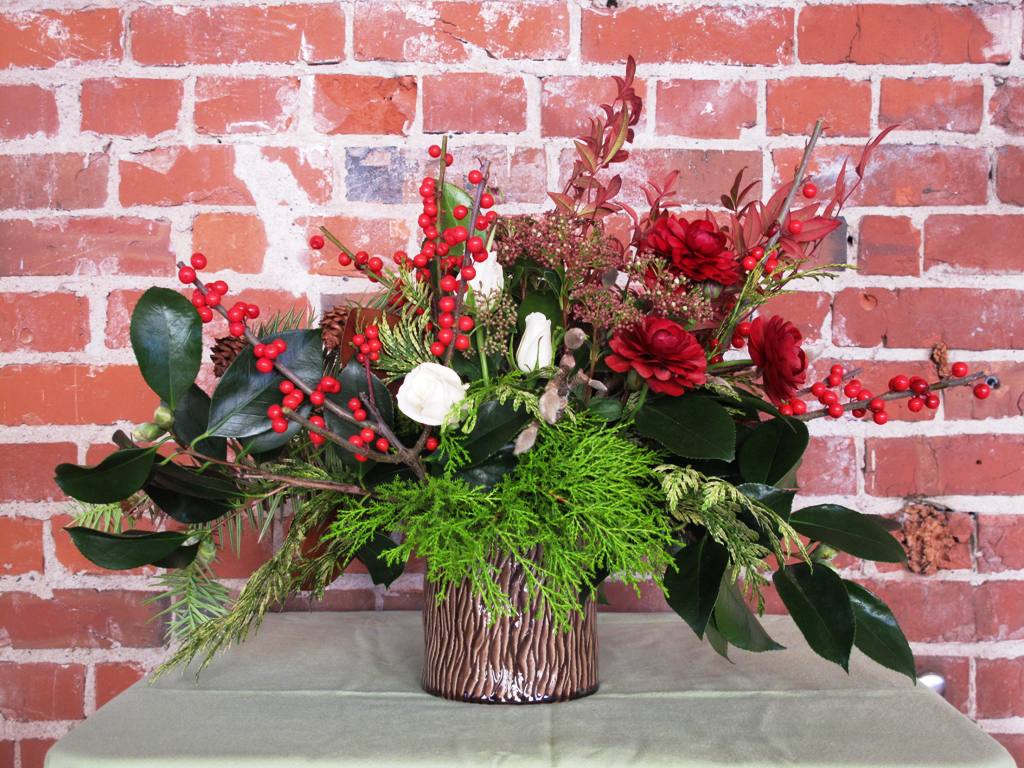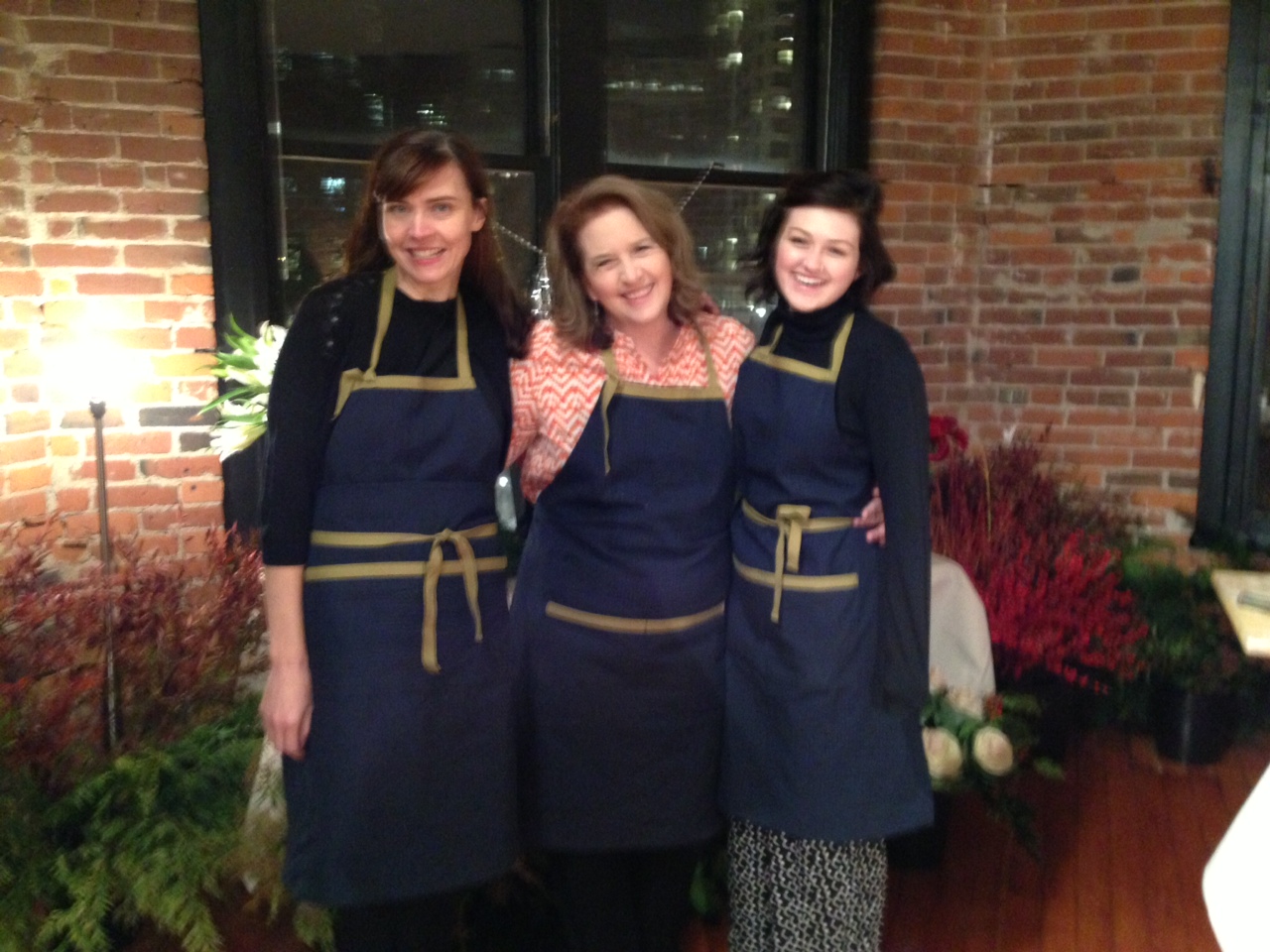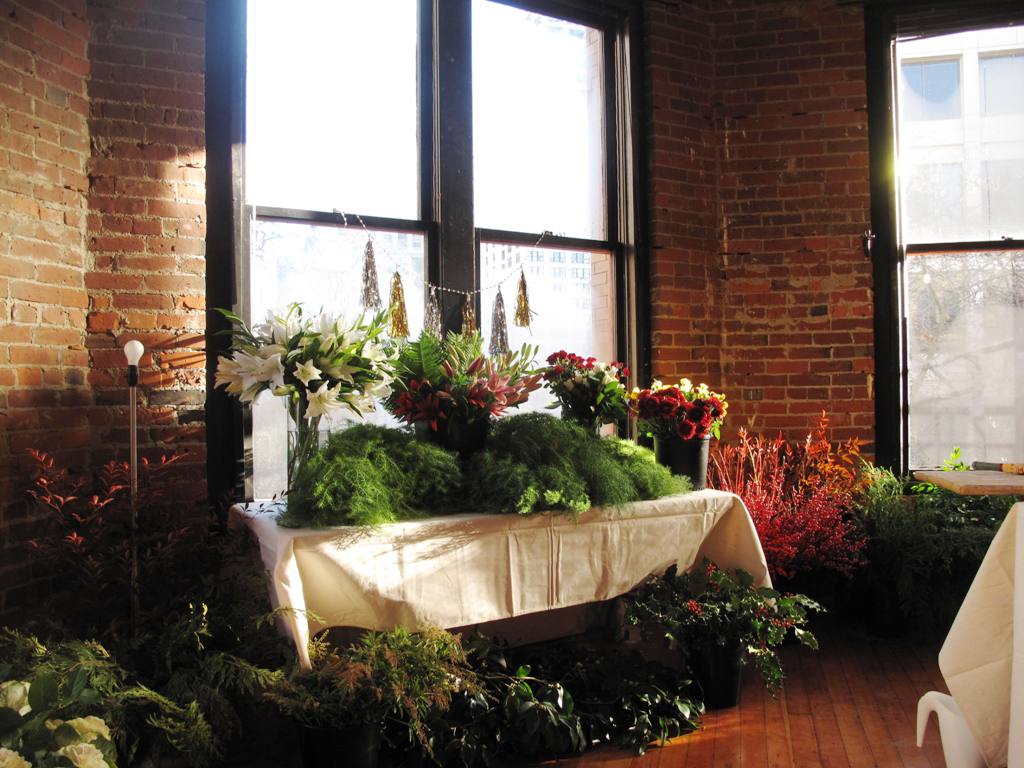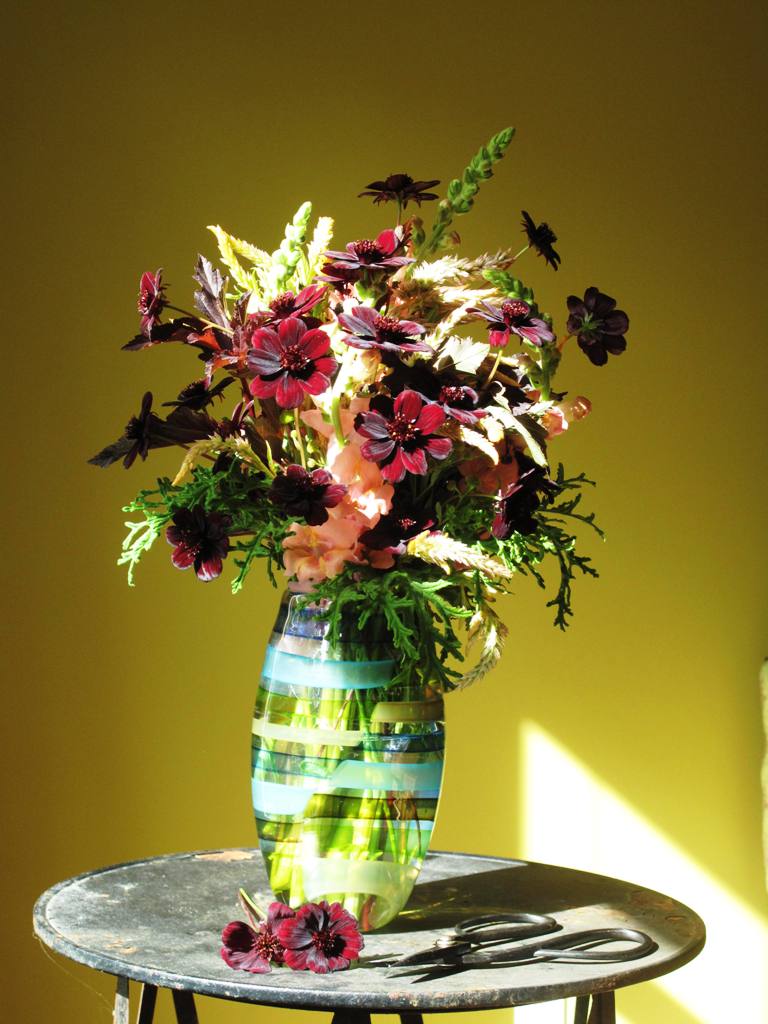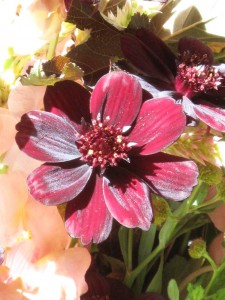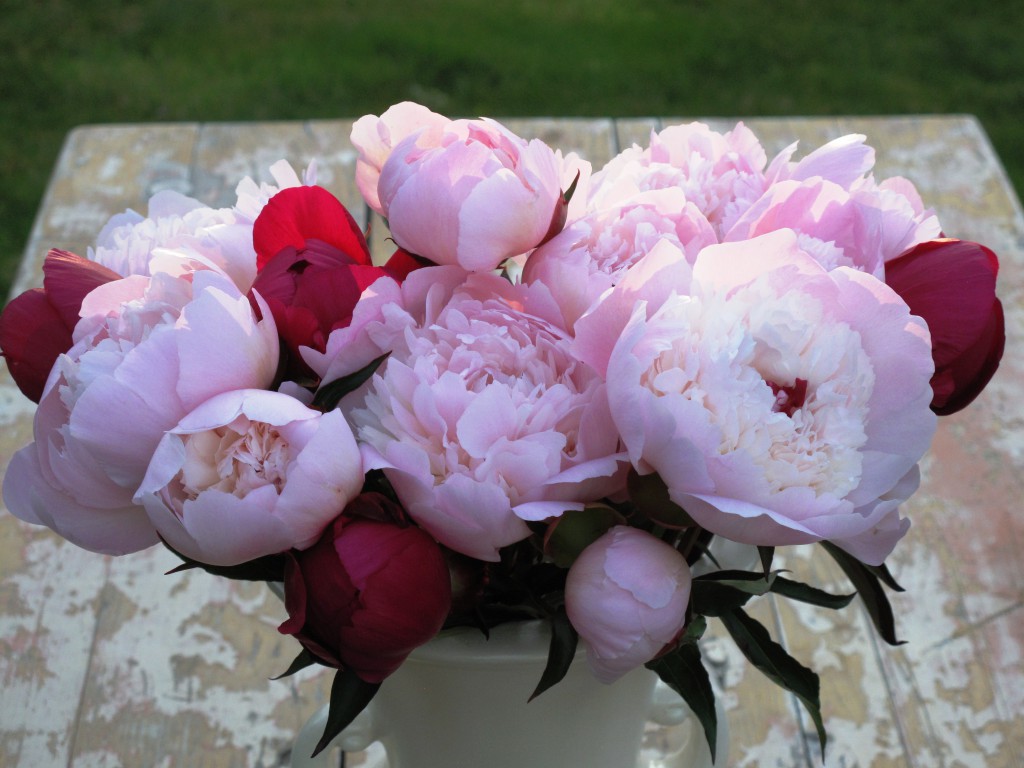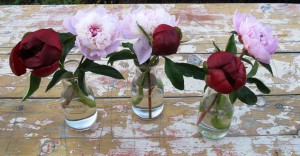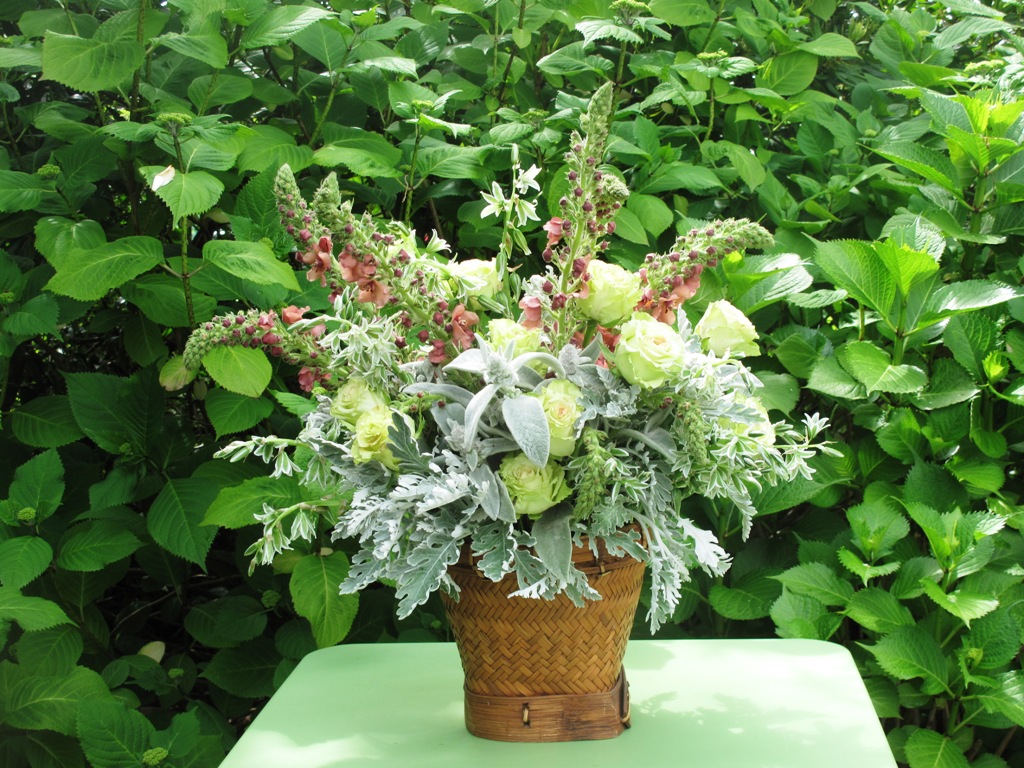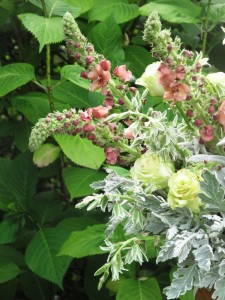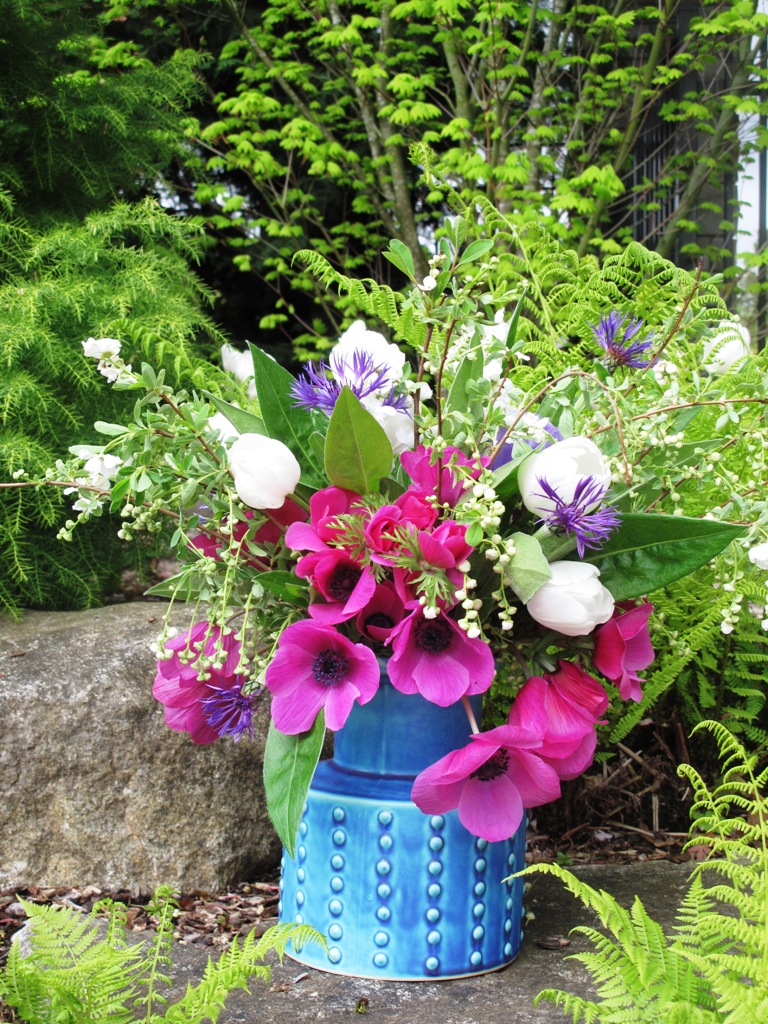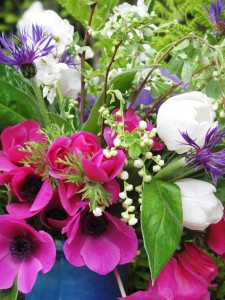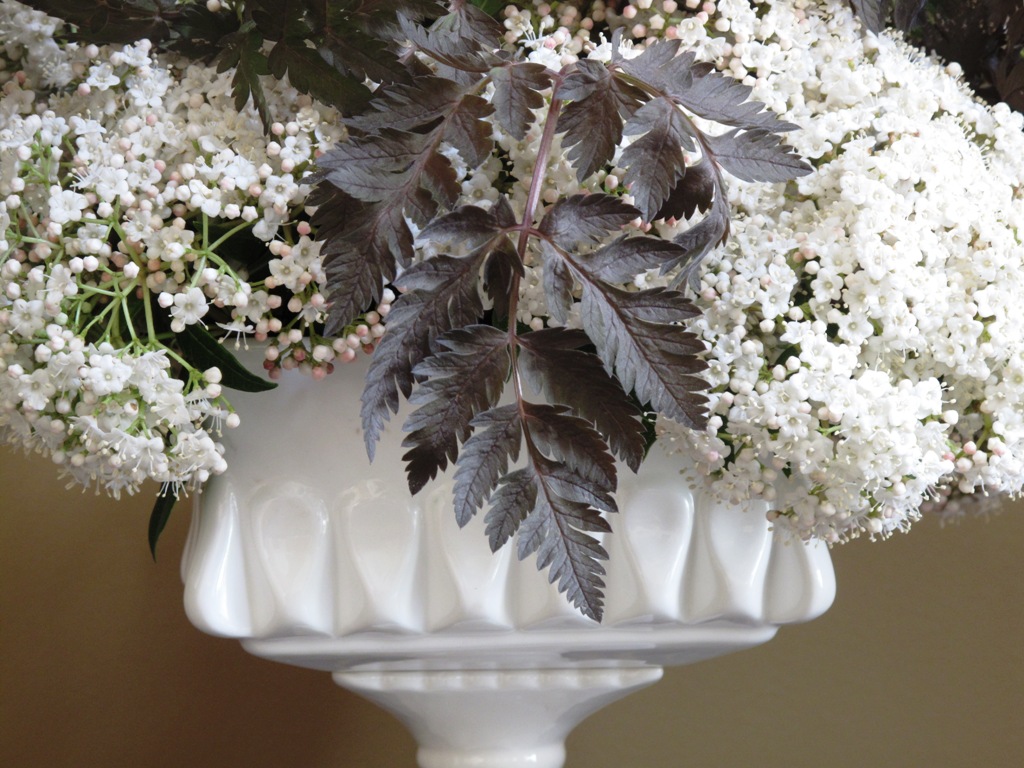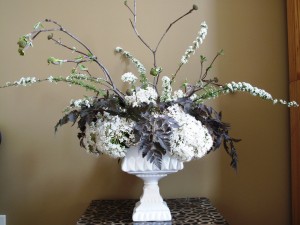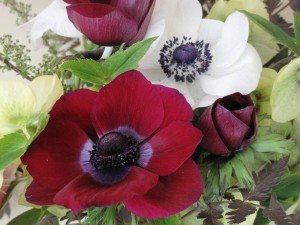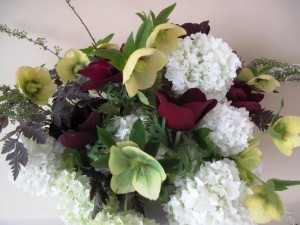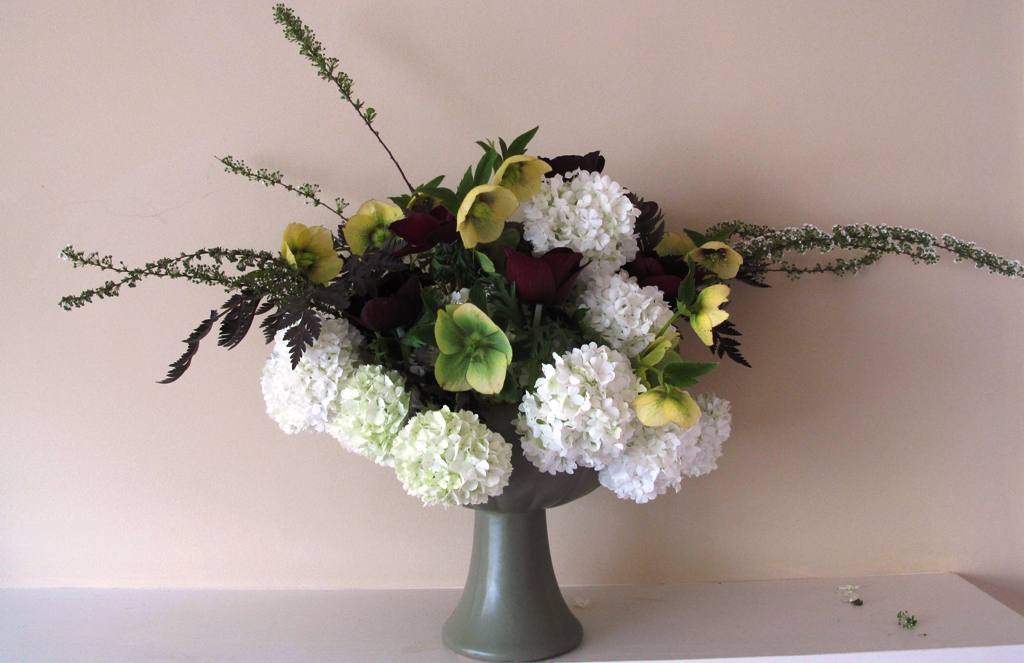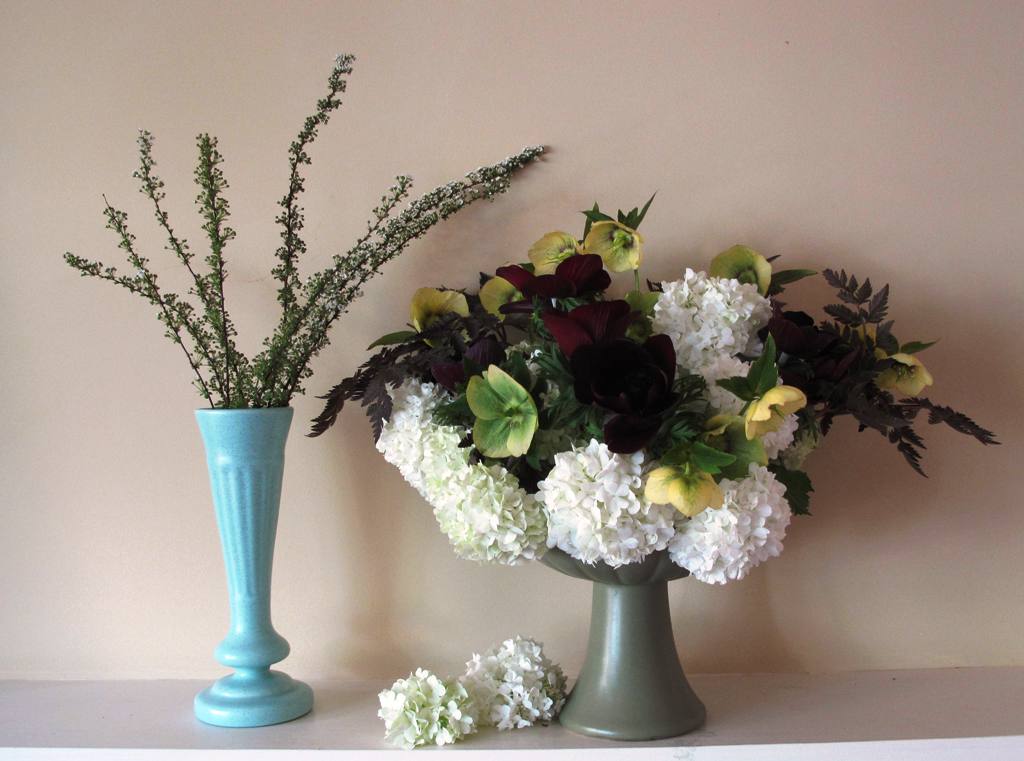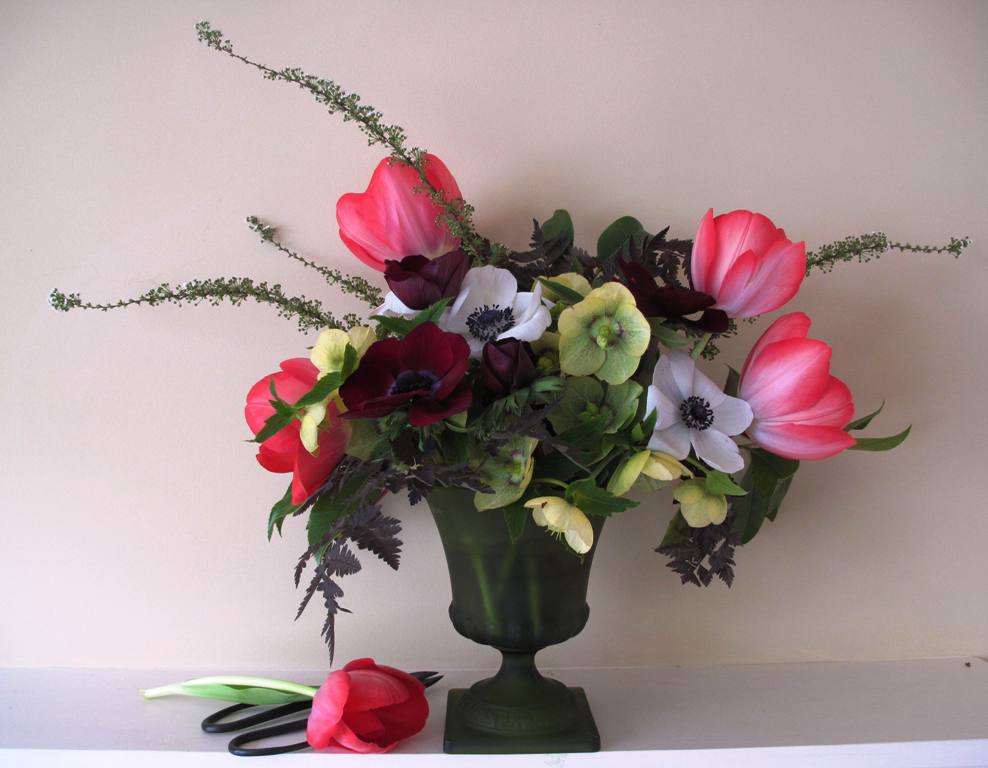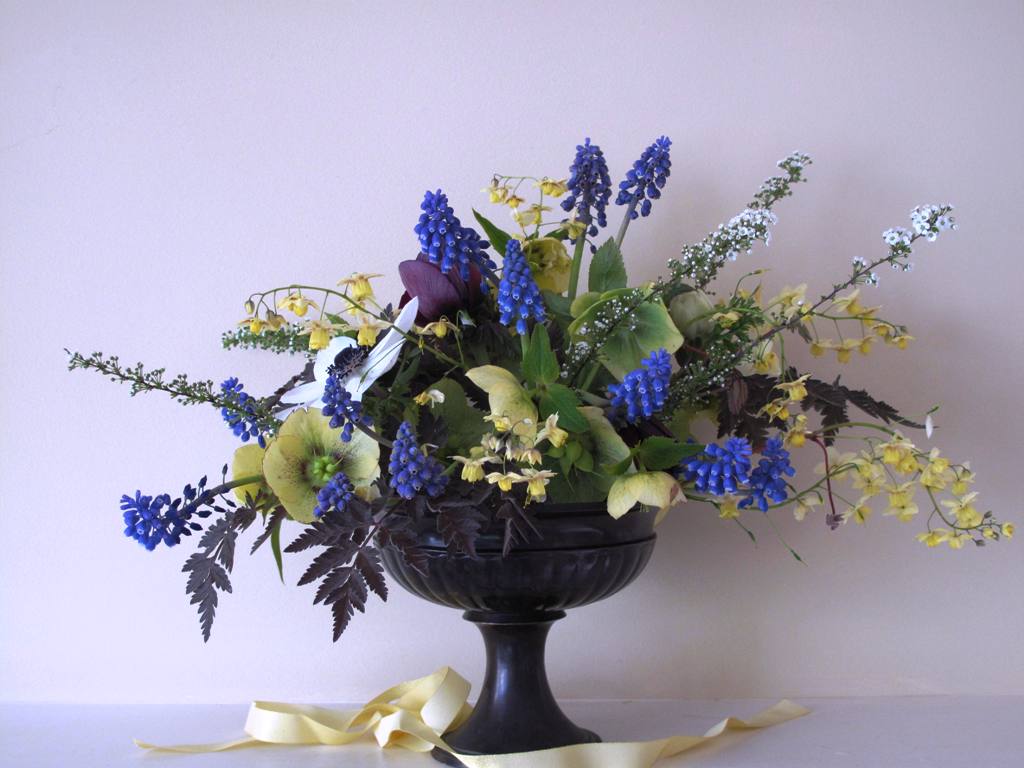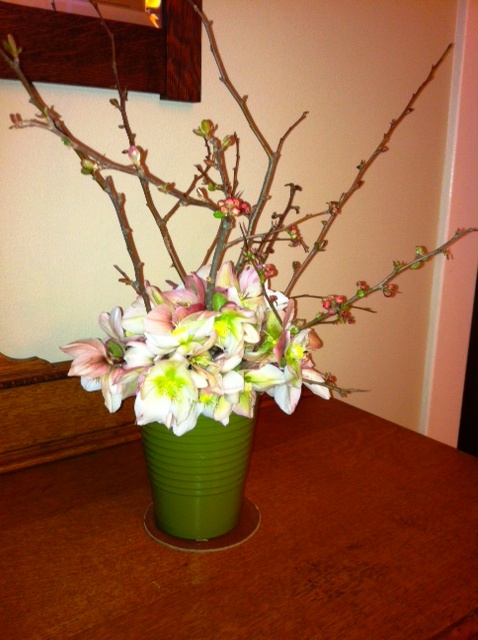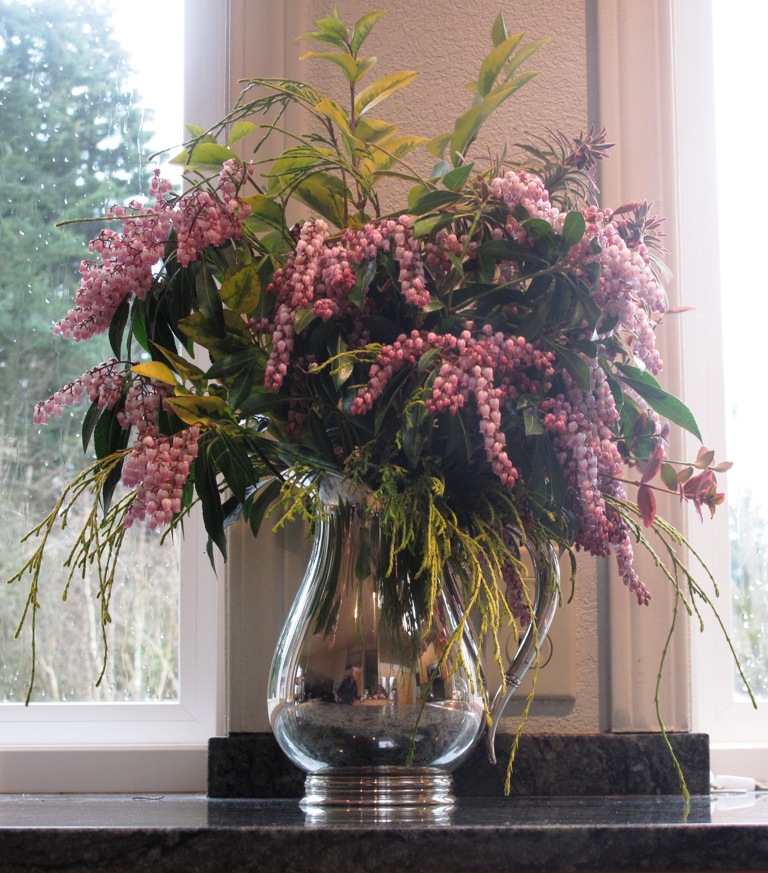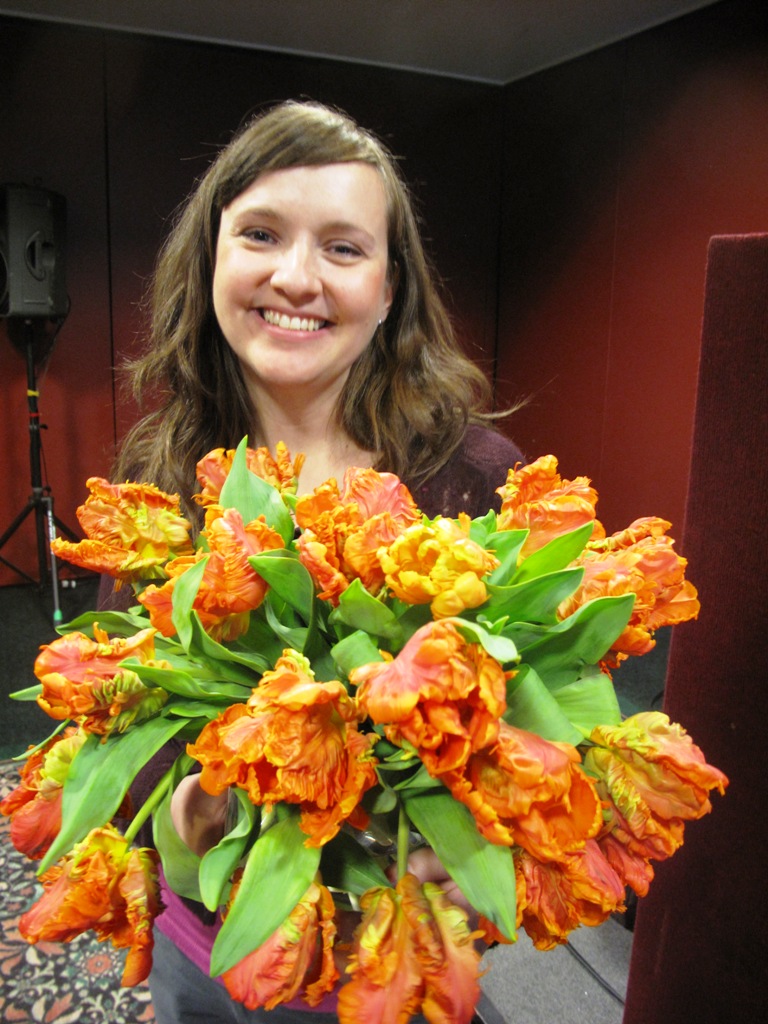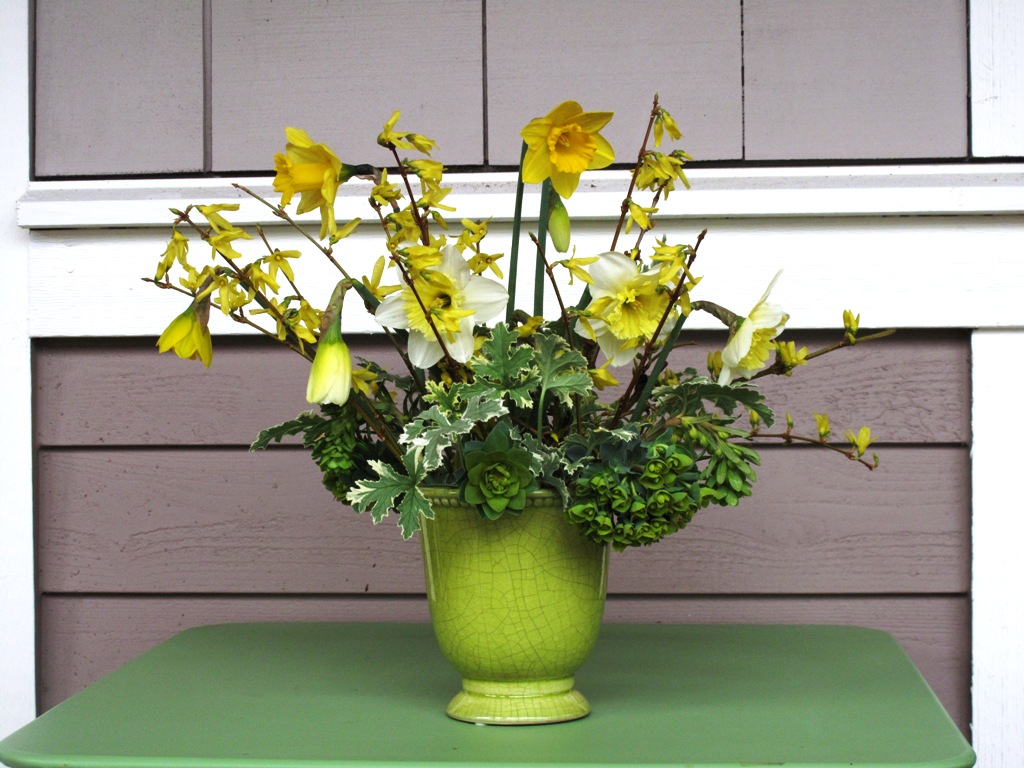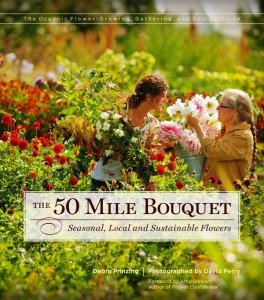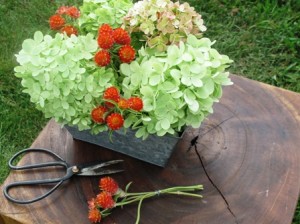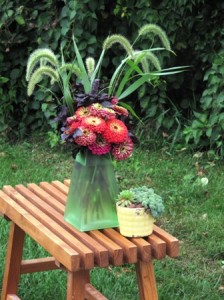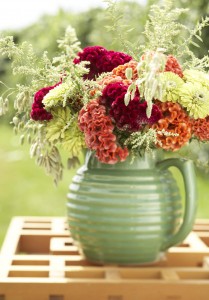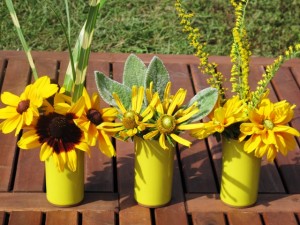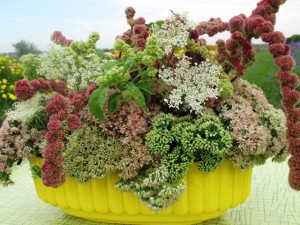Podcast: Play in new window | Download
Subscribe: Apple Podcasts | Podcast Index | RSS | More
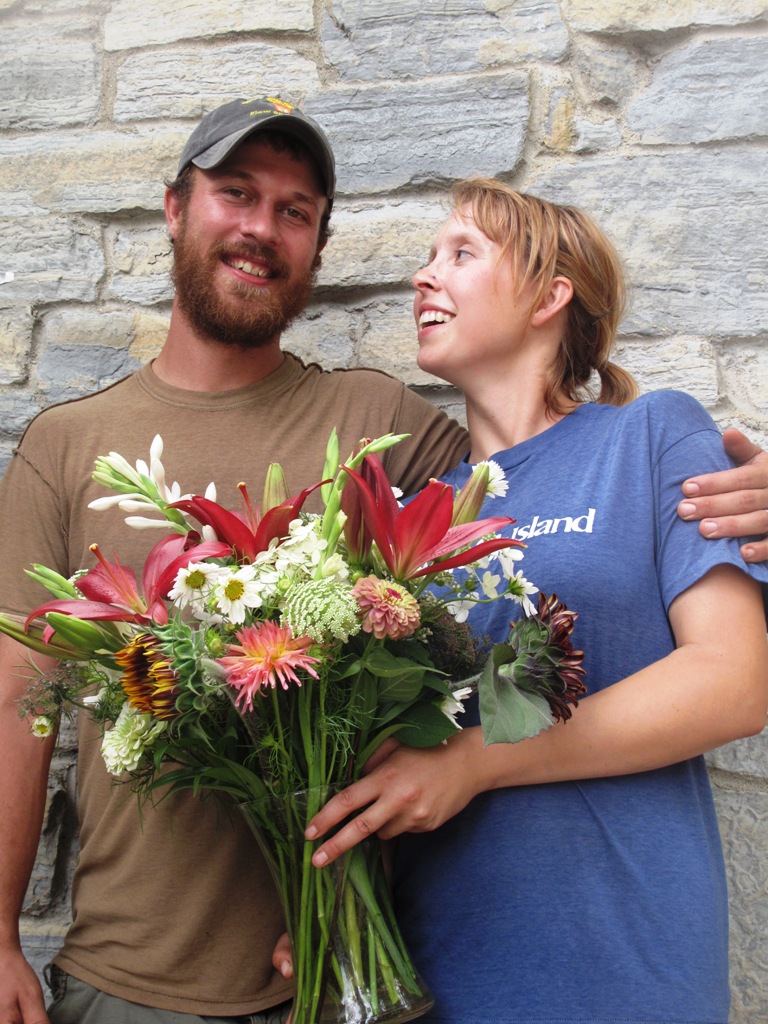
I took this photo of Steve and Gretel Adams in August 2012. They’re amazing – and I’m so happy to share their conversation with you today! (c) Debra Prinzing
Gretel and Steve Adams of Sunny Meadows Flower Farm in Columbus, Ohio, are young flower farmers whose creativity and determination to earn a living from their land is truly inspiring.
This young couple didn’t grow up in the agricultural world; so naturally, they consider themselves serendipitous farmers. A food-farming apprenticeship sparked Steve’s passion for farming. And Gretel was blessed to inherit a 10-acre lot outside Columbus that her father bought in the 1980s.
My friend Rich Pomerantz, a fellow member of the Garden Writers Association, has taken some beautiful photographs of Gretel and Steve for his series about Young Farmers. Enjoy his post here.
As children, they both loved to be outside playing in the dirt and connecting with nature. As young adults, Steve and Gretel’s farming skills continue to flourish with their involvement in the U.S. cut flower industry. They are trying to live life as sustainably as possible using organic practices, composting to make soil amendments, and heating their house with wood, growing their own food and making natural soaps, among other things.
Sunny Meadow Flower Farm is filled with fields of beautiful flowers and four greenhouse structures help Steve and Gretel extend the growing season in Ohio.
This farm-based business is established on a 10-acre parcel just inside the Columbus city limits.
They recently told me about the way their acreage is used:
“This coming season, our field space will include about 4 acres in production — plus 1 acre for our perennial and greenhouse space, making for a total of 5 acres. The remainder of the tillable land will be rotated with cover crop to maintain soil health.”
Sunny Meadows’ flowers are sold at three seasonal farmers’ markets in Columbus and through Whole Foods stores in the region. Gretel is also a talented floral designer and the farm has added wedding floral design services, which is one of the most successful sources of income for the farm.
Please enjoy our conversation – I know you will be impressed with Gretel and Steve, and you’ll find their passion contagious.
In the podcast, we discussed the upcoming Cut Flower Growers’ School, a program of the Association of Specialty Cut Flower Growers that is scheduled for March 3-4, 2014 in Ft. Worth, Texas.
Steve and Gretel will be teaching a workshop called: “What to Grow and Why,” addressing how to choose which perennials to grow & which annual varieties are the best producers?
And thanks to Sunny Meadows Flower Farm for providing these wonderful images that you can enjoy here:

A Sunny Meadows Flower Farm wedding, with bride Pilar and groom Matt – and their beautiful seasonal & local Ohio-grown flowers

A gorgeous boutonniere using Sunny Meadows’ awesome lisianthus — for another local wedding – with bride Genevieve & groom Todd.
I’m so pleased to have been able to introduce you to Gretel and Steve. On their web site, they write:
“Our mission is to educate the public about the quality and vase life of local flowers. Although you can get flowers for dirt cheap flown in from the Equator, the workers there do not have the same rights and protections and there are fewer restrictions on chemical use. So who knows what you are really buying? As a farm specializing in all naturally-grown fresh cut flowers, we are trying to show people just how important supporting your local flower farm really is.”
Follow SUNNY MEADOWS FLOWER FARM on Facebook here
To add your name to the Sunny Meadows Flower Farm, email Gretel & Steve at: SunnyMeadowsFlowerFarm@gmail.com
Because of your support as a listener, listeners have downloaded this podcast nearly 6,000 times! I thank you for taking the time to join to my conversations with flower farmers, florists and other notable floral experts.
If you like what you hear, please consider logging onto Itunes and posting a listener review.
Until next week please join me in putting more American grown flowers on the table, one vase at a time.
The Slow Flowers Podcast is engineered and edited by Hannah Holtgeerts. Learn more about her work at hhcreates.net.









